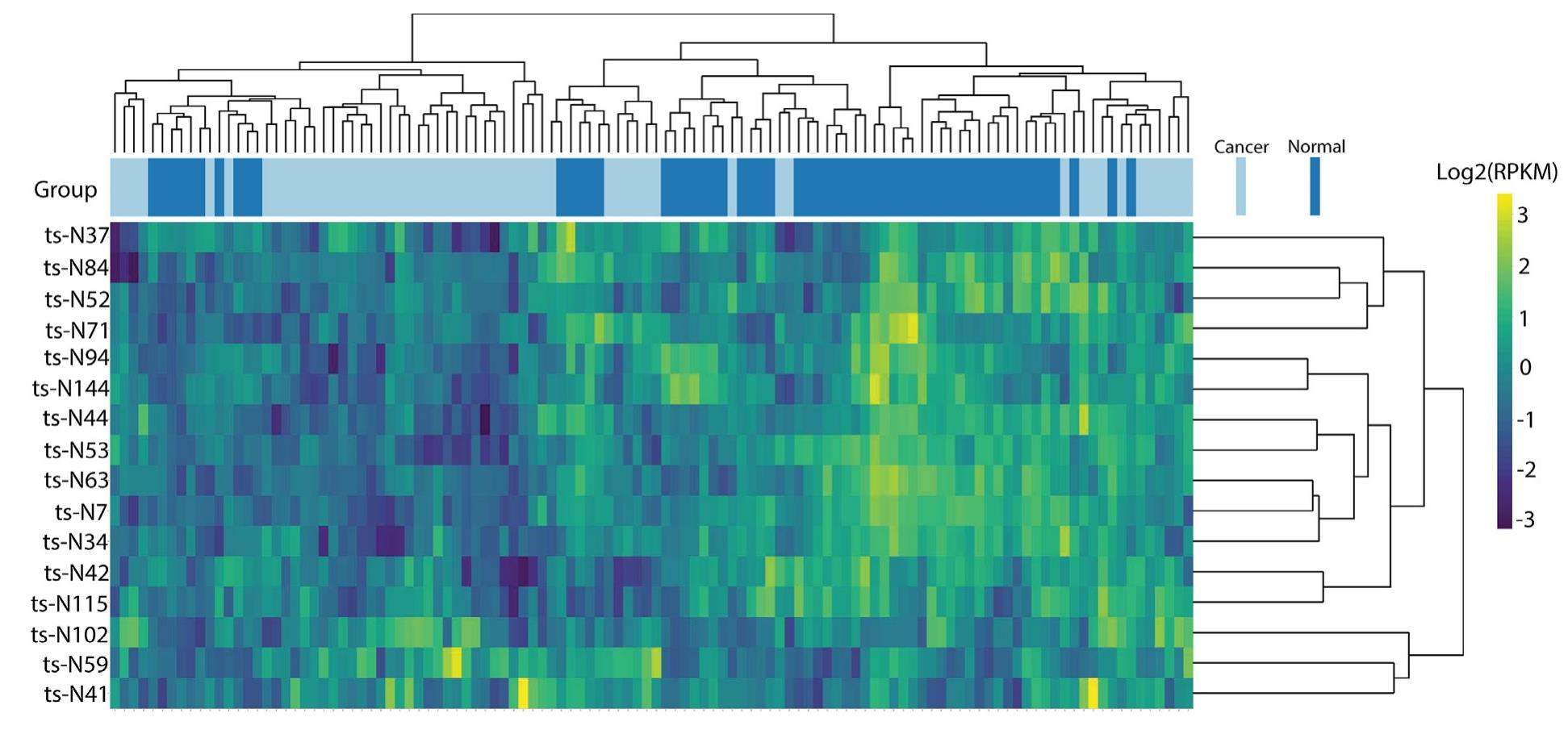
Development of a tRNA-derived small RNA diagnostic and prognostic signature in liver cancer


Liver cancer presents divergent clinical behaviors. There remain opportunities for molecular markers to improve liver cancer diagnosis and prognosis, especially since tRNA-derived small RNAs (tsRNA) have rarely been studied. In this study, a random forests (RF) diagnostic model was built based upon tsRNA profiling of paired tumor and adjacent normal samples and validated by independent validation (IV). A LASSO model was used to developed a seven-tsRNA-based risk score signature for liver cancer prognosis. Model performance was evaluated by a receiver operating characteristic curve (ROC curve) and Precision-Recall curve (PR curve). The five-tsRNA-based RF diagnosis model had area under the receiver operating characteristic curve (AUROC) 88% and area under the precision-recall curve (AUPR) 87% in the discovery cohort and 87% and 86% in IV-AUROC and IV-AUPR, respectively. The seven-tsRNA-based prognostic model predicts the overall survival of liver cancer patients (Hazard Ratio 2.02, 95% CI 1.36-3.00, P< 0.001), independent of standard clinicopathological prognostic factors. Moreover, the model successfully categorizes patients into high-low risk groups. Diagnostic and prognostic modeling can be reliably utilized in the diagnosis of liver cancer and high- low risk classification of patients based upon tsRNA characterization.
